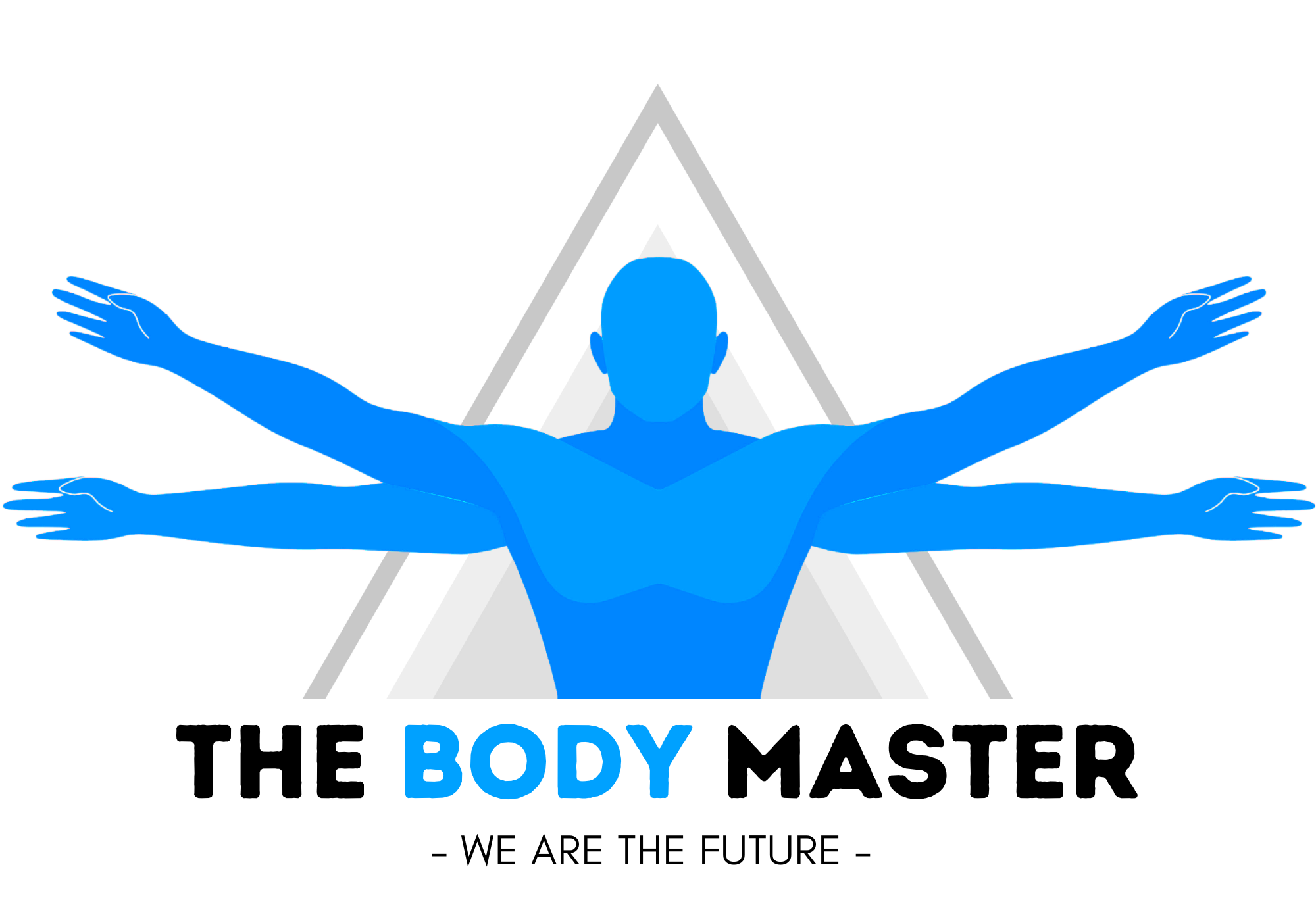Whatever your goal, the idea of seeking failure is misunderstood and misapplied, and a big reason why many people don’t see amazing results from their workouts. When I first started lifting weights, I tried to take every set to failure. I didn’t know any better because no one told me any different. And, if I looked at how Arnold lifted and the culture of bodybuilding, complete failure appeared to be the goal of training sessions.
For years, that meant thinking of resistance exercise in absolute terms. A workout wasn’t a success unless I could no longer move my muscles at the end of a session, even if I needed a spotter to save me from being crushed by a barbell (yeah, that happened).
But, what if I told you that pushing your muscles to the point that they can’t lift a weight isn’t the point?
Whether you’re trying to add muscle mass, improve a few muscle groups, or are just using resistance training to improve your overall health, the idea of seeking failure is misunderstood and misapplied, and a big reason why many people don’t see amazing results from their workouts.
There’s a big difference between breaking a muscle down so it can grow, and demolishing it to the point that it’s harder to recover.
Muscle growth is directly connected to muscle fatigue. But, if you want to build stronger muscle fibers or add muscle mass, failure is best used sparingly.
In fact, in most cases, the best approach for both short- and long-term growth is about finding a way to push yourself hard, add reps, sets, and weights, without hitting that point where your muscles stop working. (And that’s separate from injuries, which are much more likely when training to failure.)
















